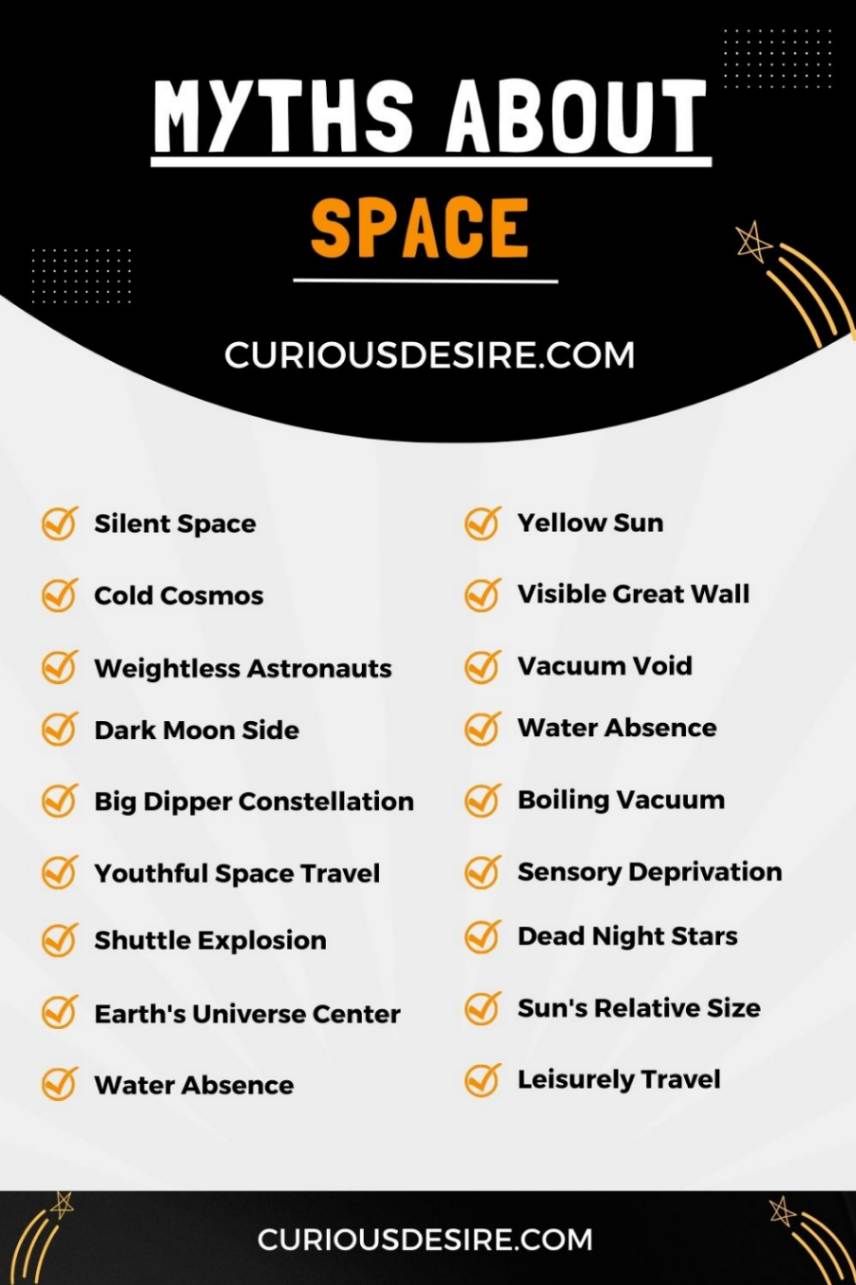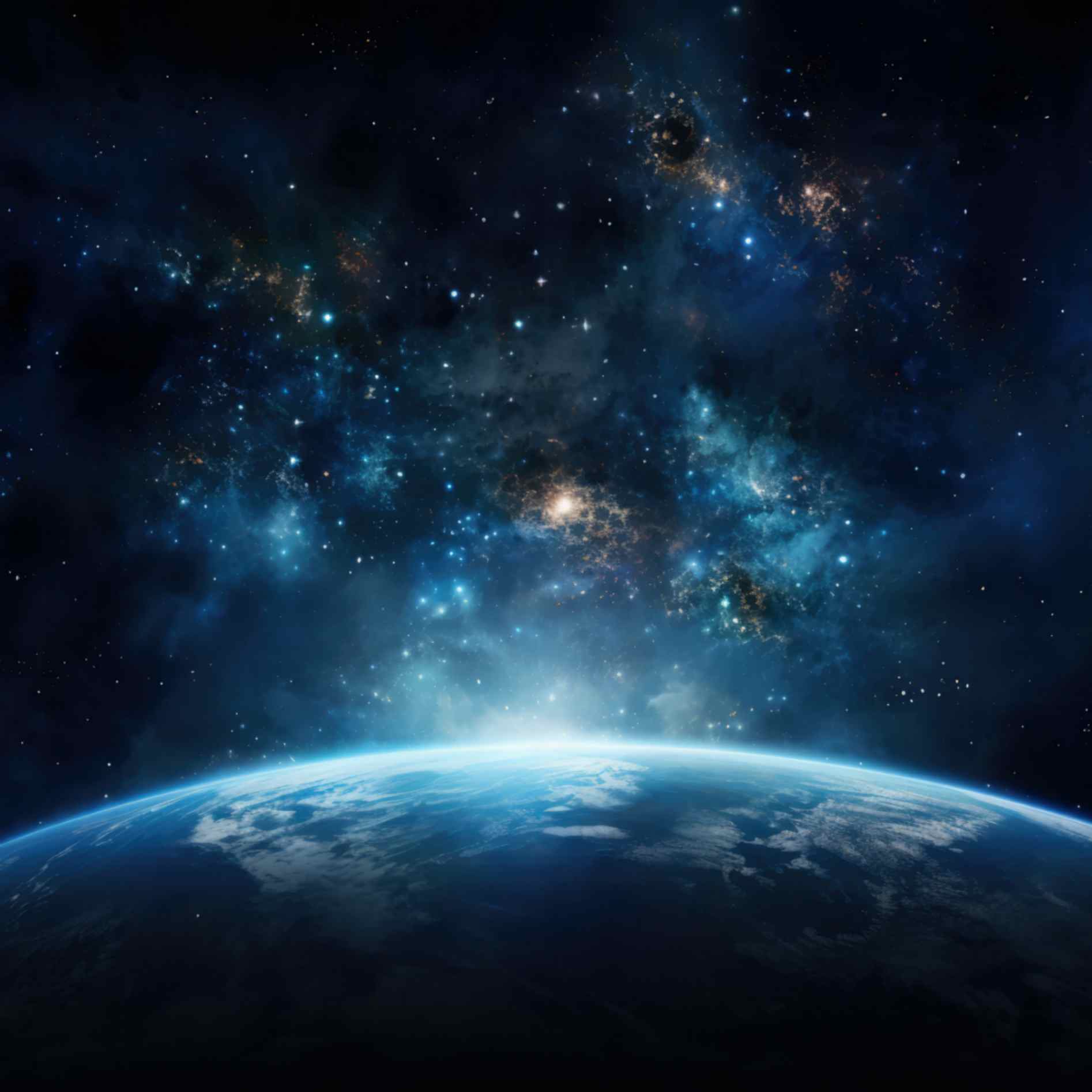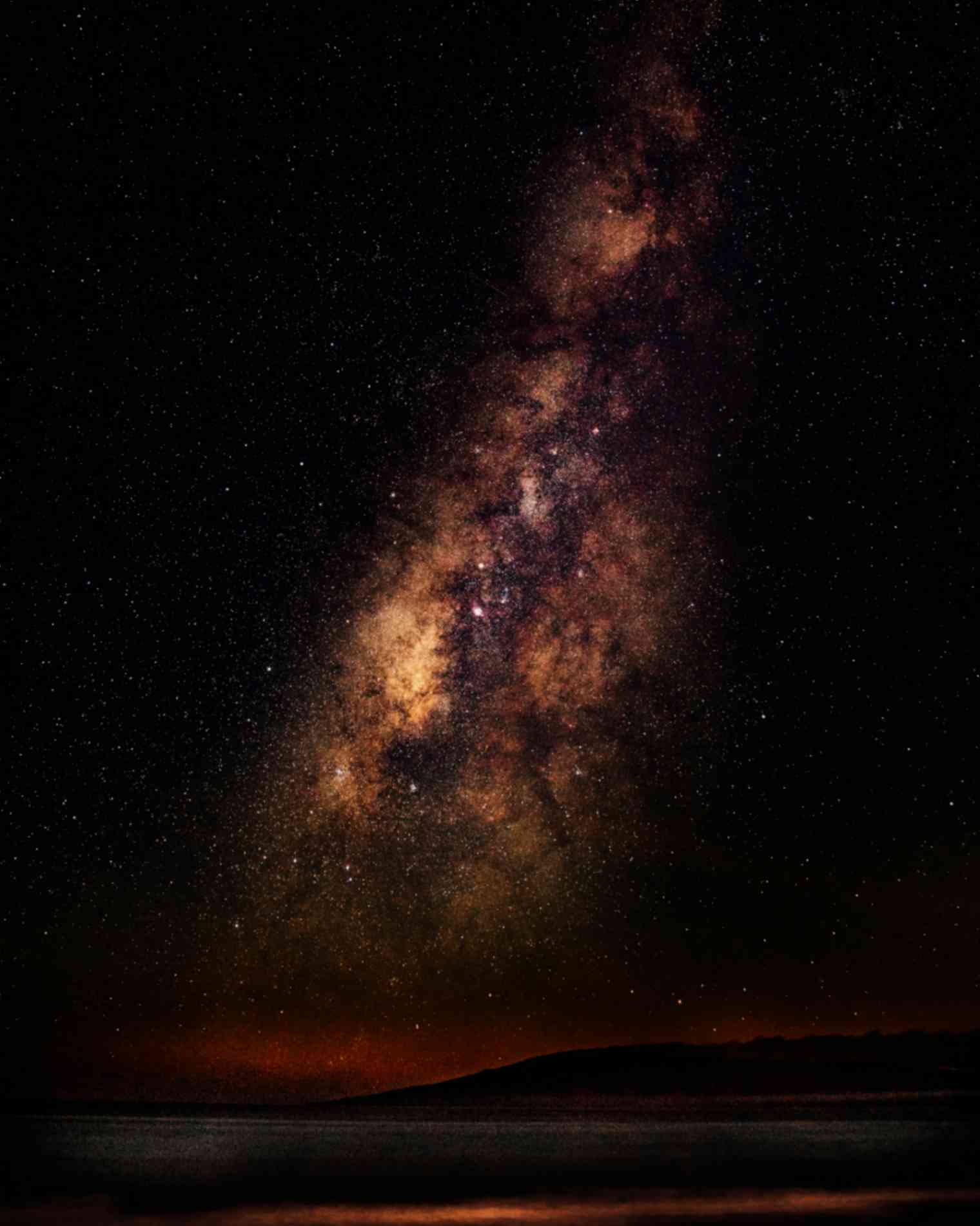Space has always captivated the human imagination, serving as a source of inspiration and curiosity about the vast unknown beyond our planet.
In today’s world, where space exploration plays an increasingly prominent role in science, technology, and even everyday life, having accurate knowledge about space is more important than ever.
Over the years, various myths and misconceptions have emerged, shaping our perceptions of the cosmos. However, understanding the truth behind these myths is essential for promoting a deeper appreciation and comprehension of space.
Moreover, it promotes critical thinking skills and scientific literacy, empowering individuals to discern fact from fiction in an era inundated with misinformation.
In this article, we will explore and explain 20 common myths about space, shedding light on the reality behind each misconception.
Through this exploration, we aim to inspire curiosity, develop fascination, and promote a deeper understanding of the cosmos.
Here are the 5 common myths about space:
Myth 1: Space is Completely Silent
This myth likely exists because space is portrayed as a vacuum in movies, TV shows, and popular culture. In a vacuum, sound waves can’t travel because there are no molecules to carry them.
This idea stuck in people’s minds, leading them to believe that space is silent. However, the reality is different. While sound does indeed need a medium to travel through, like air or water, space isn’t empty.
There are particles, such as atoms and molecules, scattered throughout space. Additionally, various cosmic phenomena produce electromagnetic waves that our instruments can detect as sound.
For instance, pulsars emit rhythmic signals that, when translated into audible frequencies, create a sound similar to a rapid ticking clock.
So, although space doesn’t have the same sound as we experience on Earth, it’s not entirely silent either.
Myth 2: The Sun is Yellow
The misconception that the Sun is yellow primarily stems from everyday observations from Earth’s surface, where atmospheric effects alter our perception of its color.
During sunrise and sunset, the Earth’s atmosphere scatters shorter blue and violet wavelengths, making the Sun appear redder or more orange.
This phenomenon, coupled with the Sun’s brightness, often leads people to describe it as yellow. In reality, the Sun emits light across the entire visible spectrum, with its peak output in the yellow-green region.
However, when viewed from space without the interference of Earth’s atmosphere, the Sun appears as a brilliant, pure white.
Astronauts aboard spacecraft or stations beyond Earth’s atmosphere, such as the International Space Station (ISS), witness the Sun’s true color as a dazzling white star.
Myth 3: Space is Always Cold
The myth likely exists because the perception that space is always cold arises from the notion that vacuums lack heat. Since space is commonly depicted as a vast vacuum, it’s often assumed to be extremely cold.
While certain regions of space indeed experience frigid temperatures, such as the shadowy depths away from stars, the temperature in space varies widely.
Exposure to direct sunlight can cause objects to heat up significantly, reaching temperatures of hundreds of degrees Celsius. Conversely, objects in the shadow of celestial bodies or deep space can plummet to near absolute zero.
Thus, space involves a dynamic temperature range influenced by factors like proximity to stars and radiation exposure.
Myth 4: Astronauts Float Because There is No Gravity in Space
The misconception that astronauts float due to the absence of gravity in space arises from a misunderstanding of the concept of weightlessness.
Many believe that if there’s no gravity, objects won’t experience weight or gravitational effects. In reality, gravity exists throughout the universe, even in space.
The sensation of weightlessness experienced by astronauts is not due to the absence of gravity but rather the phenomenon of microgravity. Objects in orbit, such as the ISS, are in a state of constant free fall around the Earth.
This perpetual falling motion creates the illusion of weightlessness, causing astronauts and objects inside the spacecraft to float.
However, gravitational forces still play an important role in maintaining the orbits of planets, moons, and satellites, demonstrating that gravity is indeed present in space.
Myth 5: The Great Wall of China is Visible from Space
The myth that the Great Wall of China is visible from space has persisted over time, largely fueled by its portrayal in popular culture and early claims made by astronauts.
This belief has been strengthened by the idea that such a monumental structure would be easily discernible from high above the Earth’s surface.
From orbit, the width of the wall is relatively narrow compared to the vastness of the Earth’s surface, making it challenging to distinguish from other features.
Additionally, the color and materials of the wall blend with the surrounding landscape, further reducing its visibility.
While some astronauts have reported seeing the Great Wall under specific conditions or with the use of binoculars or zoom lenses, it is not a prominent feature when viewed from space.
Myth 6: Space is a Complete Vacuum with No Matter at All
Contrary to the myth, space is not empty. While it is indeed a vacuum with significantly lower density compared to Earth’s atmosphere, it still contains various forms of matter and particles, albeit in sparse concentrations.
Interstellar space contains clouds of gas and dust, while galaxies, stars, planets, and other celestial bodies populate the universe.
Additionally, space is filled with radiation, such as cosmic background radiation, emitted from various sources, contributing to the overall composition of the cosmos.
For example, images captured by telescopes often reveal stunning nebulae, star clusters, and galaxies, demonstrating that space is not devoid of matter.
Myth 7: Black Holes Engulf Everything Nearby
The portrayal of black holes as cosmic devourers, voraciously consuming anything that comes too close, oversimplifies the complex gravitational dynamics at play.
While it is true that black holes possess an immense gravitational pull capable of trapping nearby objects, their influence is not all-encompassing.
Objects must cross a boundary known as the event horizon to become irretrievably trapped by a black hole’s gravitational grip. Beyond this point, escape is theoretically impossible due to the overwhelming force of gravity.
However, objects orbiting at a safe distance or moving with sufficient velocity can evade capture, maintaining stable orbits around the black hole.
Understanding these gravitational boundaries is essential for unraveling the mysteries of black holes and their interactions with surrounding matter and energy.
Myth 8: The Moon has a Dark Side that Never Sees Sunlight
The misconception of a perpetually dark side of the Moon disregards the complex interplay of lunar rotation and its synchronous orbit with the Earth.
While it is true that one hemisphere of the Moon always faces away from the Earth, this does not mean it remains shrouded in eternal darkness.
Instead, both hemispheres of the Moon experience alternating periods of sunlight and darkness as it orbits the Earth.
The term “dark side” is often misunderstood; it refers to the hemisphere not currently illuminated by the Sun, not to a permanently shadowed region.
This nuanced understanding of lunar mechanics highlights the importance of accurate astronomical observations and scientific inquiry in exploring the mysteries of our celestial companion.
Myth 9: The Big Dipper is a Constellation
The misclassification of the Big Dipper as a standalone constellation overlooks its true nature as an asterism—a recognizable pattern of stars within the larger constellation of Ursa Major.
While the Big Dipper holds cultural significance and serves as a prominent navigational aid, it is just one component of the intricate celestial tapestry that graces the night sky.
Ursa Major, the Great Bear constellation, involves a diverse array of stars, nebulae, and other celestial objects, of which the Big Dipper is but a small part.
Understanding this distinction is important for navigating the heavens and appreciating the interconnectedness of celestial phenomena.
By recognizing the Big Dipper as an asterism within Ursa Major, we gain a deeper appreciation for the complexity and beauty of the night sky, enriching our understanding of the cosmos and our place within it.
Myth 10: Meteor Showers are Dangerous to Spacecraft
The idea that meteor showers pose a significant threat to spacecraft is largely unfounded.
While meteoroids encountered during these events can potentially pose risks, the probability of a spacecraft being struck by one during a meteor shower is minimal.
- Most meteoroids are small particles that burn up harmlessly upon entering Earth’s atmosphere.
- Space agencies actively monitor meteor shower trajectories to assess any potential risks to spacecraft.
- Spacecraft are equipped with protective shielding designed to withstand impacts from micrometeoroids and debris encountered in space.
Overall, while meteor showers are a captivating celestial phenomenon, they do not present a significant danger to spacecraft in orbit.
Myth 11: Space is Only for the Young and Physically Fit
The misconception that space is exclusively reserved for the young and physically fit arises from historical portrayals of astronauts as elite individuals with exceptional physical prowess.
However, space exploration has evolved to become more inclusive and diverse, with astronauts from various backgrounds and abilities participating in missions.
Modern spacecraft and space stations are designed to accommodate individuals with different physical abilities, allowing for a wider range of people to contribute to space exploration.
For example, Helen Sharman, the first British astronaut, demonstrated that age and physical fitness are not barriers to space travel when she flew to the Russian space station Mir in 1991 at the age of 27.
Myth 12: There’s No Water in Space
The myth that space is devoid of water stems from a limited understanding of the distribution of water in the universe.
While it is true that space is a vacuum and liquid water cannot exist in its typical form, water molecules are prevalent in various states throughout the cosmos.
Additionally, water vapor is present in the atmospheres of celestial bodies, contributing to the formation of clouds and precipitation.
Moreover, recent discoveries have revealed the existence of water molecules in interstellar clouds and even on distant exoplanets.
For instance, the discovery of water vapor in the atmosphere of exoplanet K2-18b suggests that water may be more common in the universe than previously thought.
Myth 13: The Earth is the Only Planet with Water
The misconception that Earth is the sole repository of water in the universe overlooks the abundant presence of water throughout the solar system and beyond.
While Earth is known as the “water planet” due to its vast oceans and bodies of water, other celestial bodies also harbor water in various forms.
Moons such as Europa and Enceladus possess subsurface oceans beneath their icy crusts, while Mars exhibits evidence of past liquid water on its surface.
Furthermore, comets and asteroids contain significant amounts of water ice, serving as potential resources for future space exploration and colonization.
The discovery of water-rich environments beyond Earth highlights the potential for life and exploration in the cosmos.
Myth 14: The Earth is at the Center of the Universe
The misunderstanding that Earth is at the center of the universe reflects an ancient geocentric model of the cosmos, which positioned Earth as the focal point of celestial motion.
This belief was prevalent in ancient civilizations due to observations of the apparent motion of celestial bodies across the sky.
However, the development of heliocentric models by astronomers such as Copernicus and Galileo in the 16th and 17th centuries revolutionized our understanding of the cosmos, revealing that Earth orbits the Sun along with other planets.
Subsequent astronomical discoveries, such as the vast distances between celestial bodies and the structure of galaxies, further reinforced the understanding that Earth occupies a peripheral position in the universe.
For example, observations of distant galaxies moving away from us in all directions provide evidence for the expansion of the universe, highlighting the insignificance of Earth’s position in the grand scheme of cosmic evolution.


